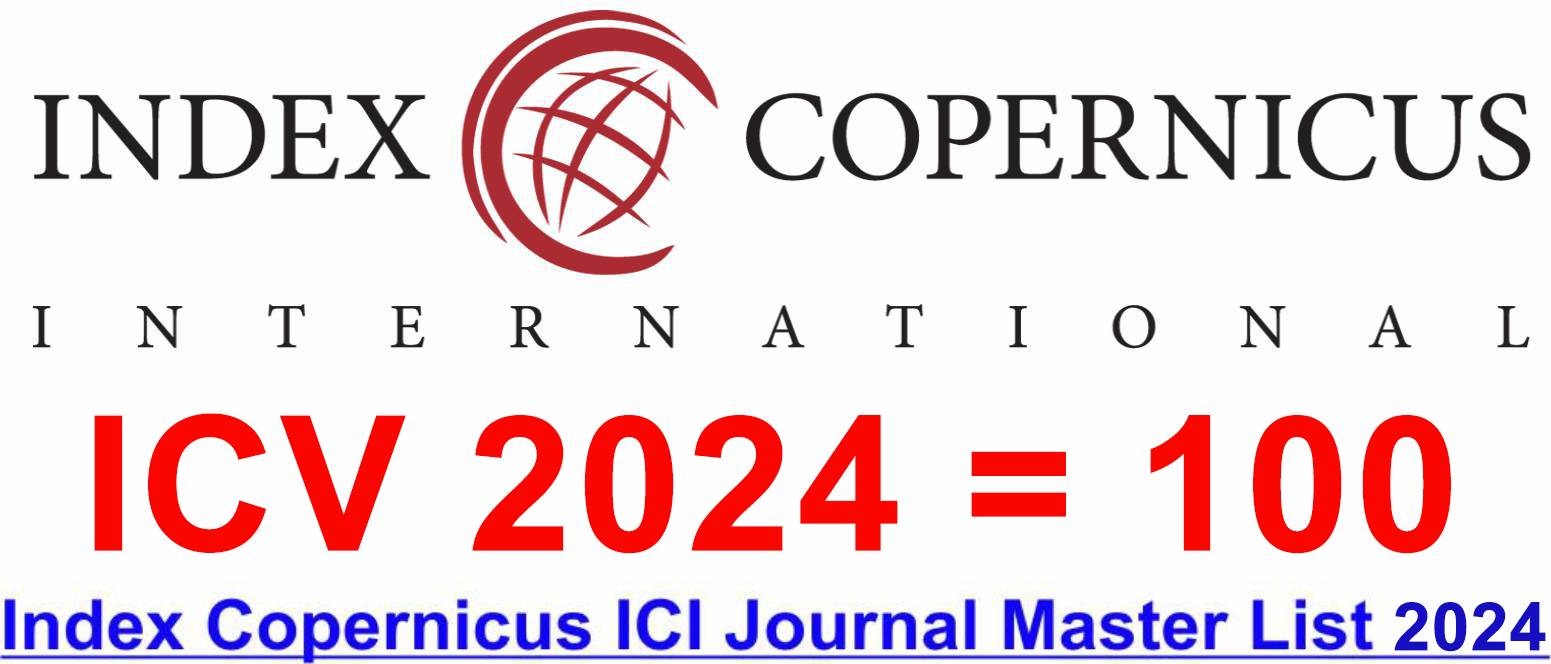A Study of the Impact of Employee Job Satisfaction through Working Environment: A Case Study of Minmahaw Company in Myanmar
DOI:
https://doi.org/10.46977/apjmt.2022.v03i02.002Keywords:
Job Satisfaction, Performance, Social, Secure, PhysicalAbstract
During the COVID-19 and political crisis period, all business organizations, not just operational staff, but also management teams, increased their workload, allowing them to bear significant physical and psychological stress. The study has an impact on future business performance by emphasizing the work environment within their organization to improve employee motivation and commitment during COVID-19 through positive effects on employee satisfaction, as well as the relationship between the employee and the organization that creates the working environment. The study's goal is to educate executives on how to demonstrate flexibility and create a better working environment in the face of current and future pandemics. The analysis in this study was based on several concepts from human resource management and crisis management in firms, as well as a survey of significant business publications that had been published. The study used a descriptive research survey as its method. Min Ma Haw provided a sample size of 110 employees. The majority of the data for this study was gathered through a closed-ended questionnaire. The study created statistical analysis tools that demonstrate variable analysis. SPSS (Statistical Package for the Social Statistic) version 20 was used to analyze the quantitative data received from the questionnaire. Stratified random sampling was used to divide and examine the population's divisions. notably disproportionate In order to select the staff, first line management, middle management, and top management, stratified random sampling was used because some strata are small.
Downloads
References
Arifin, R. D., Berliyanti, D. O., & Baliartati, B. O. (2020, September). The Effect of Service Orientation, Perceived Organizational Support, Job Satisfaction, Towards Employee Engagement in Cikini Hotel, Jakarta. In International Conference on Management, Accounting, and Economy (ICMAE 2020) (pp. 148-151). Atlantis Press. https://doi.org/10.2991/aebmr.k.200915.034
Asoba, S. N., & Mefi, N. P. (2021). FUNCTIONAL STRATEGIES FOR SMALL BUSINESSES DURING CRISIS SITUATIONS. Academy of Entrepreneurship Journal, 27(3), 1-7.
Awan, A. G., & Tahir, M. T. (2015). Impact of working environment on employee’s productivity: A case study of Banks and Insurance Companies in Pakistan. European Journal of Business and Management, 7(1), 329-345.
Azeez, S. A. (2017). Human resource management practices and employee retention: A review of literature. Journal of Economics, Management and Trade, 18(2), 1-10.
Bailey, K., & Breslin, D. (2021). The COVID‐19 Pandemic: What can we learn from past research in organizations and management?. International Journal of Management Reviews, 23(1), 3-6. https://doi.org/10.1111/IJMR.12237
Bakhsh, A. A. S. (2020). Diverse Effects of Employee Personalities in the Organization. Journal of Scientific and Industrial Research (JSIR), 79(05), 395-400.
Covella, G., McCarthy, V., Kaifi, B., & Cocoran, D. (2017). Leadership’s role in employee retention. Business Management Dynamics, 7(5), 1-15.
Das, A., & Tripathy, P. C. (2020). Impact of Organizational Culture on Employees' Job Satisfaction: A Revisiting Literature Review in Different Sectors. International Journal of Research and Scientific Innovation. VII(V), 279–284.
Davidescu, A. A., Apostu, S. A., Paul, A., & Casuneanu, I. (2020). Work flexibility, job satisfaction, and job performance among Romanian employees—Implications for sustainable human resource management. Sustainability, 12(15), 6086. https://doi.org/10.3390/su12156086
Grinell, K. (2020). Labelling Islam: Structuring Ideas in Islamic Galleries in Europe. In Curating Islamic Art Worldwide (pp. 31-44). Palgrave Pivot, Cham.
Hsiao, J. M., & Lin, D. S. (2018). The impacts of working conditions and employee competences of fresh graduates on job expertise, salary and job satisfaction. Journal of Reviews on Global Economics, 7, 246-259. https://doi.org/10.6000/1929-7092.2018.07.22
Irdina, I., Kee, D. M. H., Reddy, V., Izzati, Z., Sri, K., Perez, M. G., ... & Pandey, R. (2020). AirAsia’s efforts in maintaining good workplace environment for its employees during Covid-19. International journal of Tourism and hospitality in Asia Pasific (IJTHAP), 3(3), 22-32. https://doi.org/10.32535/ijthap.v3i3.941
Kainkan, M. (2015). The impact of work environment on employees' job satisfaction in Saudi electricity company in Tabuk region. Business Management Dynamics, 4(9), 35.
Karatepe, O. M. (2013). High‐performance work practices, work social support and their effects on job embeddedness and turnover intentions. International Journal of Contemporary Hospitality Management. https://doi.org/10.1108/IJCHM-06-2012-0097
Kim, Y. J., Lee, S. Y., & Cho, J. H. (2020). A study on the job retention intention of nurses based on social support in the COVID-19 situation. Sustainability, 12(18), 7276. https://doi.org/10.3390/su12187276
Kramer, A., & Kramer, K. Z. (2020). The potential impact of the Covid-19 pandemic on occupational status, work from home, and occupational mobility. Journal of Vocational Behavior, 119, 103442. https://doi.org/10.1016/j.jvb.2020.103442
Minnick, D. J., & Ireland, R. D. (2005). Inside the new organization: a blueprint for surviving restructuring, downsizing, acquisitions and outsourcing. Journal of Business Strategy. https://doi.org/10.1108/02756660510575014
Pawirosumarto, S., Sarjana, P. K., & Gunawan, R. (2017). The effect of work environment, leadership style, and organizational culture towards job satisfaction and its implication towards employee performance in Parador Hotels and Resorts, Indonesia. International Journal of Law and Management. https://doi.org/10.1108/IJLMA-10-2016-0085
Putri, A., & Amran, A. (2021). Employees Work-Life Balance Reviewed From Work From Home Aspect During COVID-19 Pandemic. International Journal of Management Science and Information Technology, 1(1), 30-34. https://doi.org/10.35870/ijmsit.v1i1.231
Raziq, A., & Maulabakhsh, R. (2015). Impact of working environment on job satisfaction. Procedia Economics and Finance, 23, 717-725.
Siddiqui, K. A. L. I. M. (2020). The Impact of COVID-19 on the Global economy. World.
Sittisom, W. (2020). Factors affecting job satisfaction of employees in pharmaceutical industry: A case study of Thailand. Systematic Reviews in Pharmacy, 11(3), 125-133. https://doi.org/10.5530/srp.2020.3.14
Song, L., Wang, Y., Li, Z., Yang, Y., & Li, H. (2020). Mental health and work attitudes among people resuming work during the COVID-19 pandemic: a cross-sectional study in China. International Journal of Environmental Research and Public Health, 17(14), 5059. https://doi.org/10.3390/ijerph17145059
Stankevičiūtė, Ž., & Kunskaja, S. (2022). Strengthening of work-life balance while working remotely in the context of COVID-19 pandemic. Human Systems Management, (Preprint), 1-15. https://doi.org/10.3233/HSM-211511
Taherdoost, H. (2017). Determining sample size; how to calculate survey sample size. International Journal of Economics and Management Systems, 2.
Taheri, R. H., Miah, M. S., & Kamaruzzaman, M. (2020). Impact of working environment on job satisfaction. European Journal of Business and Management Research, 5(6). https://doi.org/10.24018/ejbmr.2020.5.6.643
Tio, E. (2014). The impact of working environment towards employee job satisfaction: a case study In PT. X. iBuss Management, 2(1).
Vermeeren, B., Kuipers, B., & Steijn, B. (2011). Review of Public Personnel.
Wong, A. K. F., Kim, S. S., Kim, J., & Han, H. (2021). How the COVID-19 pandemic affected hotel Employee stress: Employee perceptions of occupational stressors and their consequences. International Journal of Hospitality Management, 93, 102798. https://doi.org/10.1016/j.ijhm.2020.102798
Yoon, D. P., & Kelly, M. (2008). Organizational excellence and employee retention in social work. Professional Development: The International Journal of Continuing Social Work Education, 11(3).
Published
How to Cite
Issue
Section
Copyright (c) 2022 Asia-Pacific Journal of Management and Technology (AJMT)

This work is licensed under a Creative Commons Attribution-NonCommercial 4.0 International License.
















